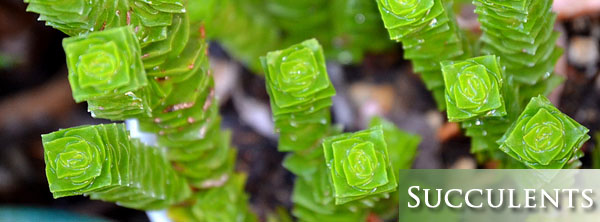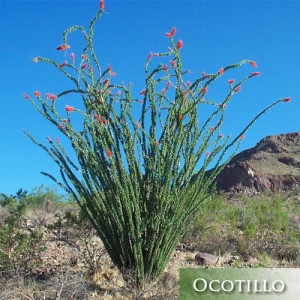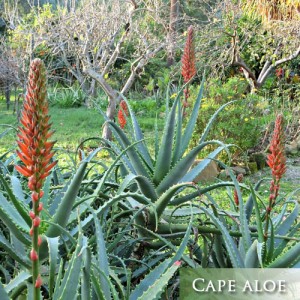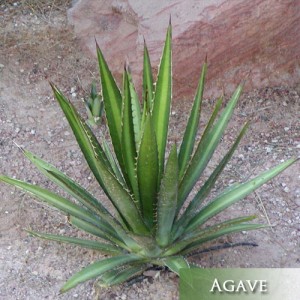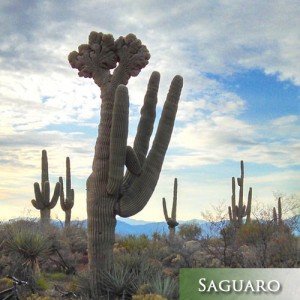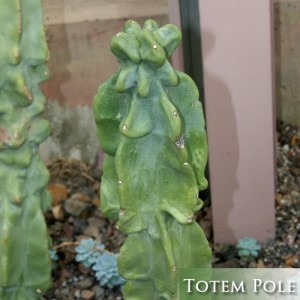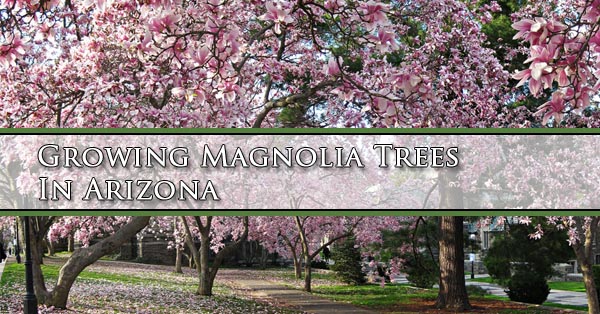
Magnolia Trees are the pride of the south and have a wonderfully sweet smell that can add character to any landscape. Growing a Magnolia tree in Arizona does take a little extra care, but the best things in life usually do. The sweet smell and beautiful flowers and evergreen like leaves will add beauty and visual appeal to your landscape.
How To Plant Your Magnolia Tree In Arizona

There are a few steps that are a bit different for best practices when planting the Magnolia tree. It takes a little more prep and knowledge than simply digging a hole and dumping the tree in. The tree does require a little more water because of our hot and arid environment, but it rewards owners and gardeners with a sweet aromatic smell and beautiful displays of flowers and foliage.
Choosing A Site
In Arizona it is best to choose an area in your yard that will receive afternoon shade, when the sun is at its hottest. This will help eliminate potential sun damage to the trunk, as the tree is not native to Arizona.
Prepping The Soil
These trees are fairly tolerant of any soil type. So there is little effort that needs to be taken to prep the soil. They tolerate clay soils and water logging well. So adding sandy soil types to promote drainage isn’t critical like in trees that are native to more arid environments. Some mulch or compost can increase the nutrient content and help the tree grow.
Planting
With just a little prep work you will be ready to plant and start growing your Magnolia tree in Arizona.
Expose The Root – Gently move the soil away from the top until you expose the top of the root system. Generally you’ll find it after removing about 2 inches of soil.
Unwrap And Score It – These trees are sold with burlap covers many times, these need to be removed before the tree is planted. In addition you can help the root system grow right, without circling roots. You do this by making 4 evenly spaced slices down the sides of the root ball.
Dig It – Start out by digging a hole for the tree to be planted in your yard that is about 1.5 times the width of the ball or container. The hole should be just slightly less deep than the root ball.
Plant It – Place the tree into the hold you have dug and make sure that the top most root section is either even with or slightly above the level of the surrounding soil in your landscape. After you have put the soil back, gently compact it in around the roots to get rid of air pockets. Fully saturate the soil around the tree. Take care to leave the top most section of the root ball out of the soil slightly. You can cover this area with some mulch to protect it, but it needs to have exposure to the air.
Watering
Magnolias are native to the southeastern United States. Arizona is a lot hotter and drier than that region of the country so it is important to water the Magnolia tree regularly. You can test the soil with your finger to see if it is dried out and create a watering schedule that fits your soil and region. During the hotter parts of summer it is critical that you keep up with watering to help the tree cope with the hot Arizona summers.
Pruning
The Magnolia tree needs less pruning that other trees. It is best to allow the canopy base to extend all the way to the ground if your landscaping will allow it. This helps protect the trunk bark from direct sunlight and potential sunscald.
Types Of Magnolia Trees

There are quite a few varieties of Magnolia tree, some do better in the intense heat of Arizona. These are a few of the favorite variants. For more specific information on which Magnolia trees will grow best in your particular zone talk to your local nursery.
Southern Magnolia Tree
The Southern Magnolia is also known as the Grandiflora Magnolia. It is native to the southeast but has spread naturally as far as Texas and Oklahoma. The tree is heat tolerant to about 107°, after that point there can be some yellowing and potential trunk sunscaling. However even the mild growing magnolia in Phoenix can reach heights of 25 to 50 feet.
Star Magnolia Tree
These beautiful trees have star-shaped flowers. They, like all Magnolias are deciduous trees. There are a few different sub variants of the Kobus, but they all share a tulip like shape. The flowers of the Kobus variant don’t tolerate frost, but the tree is otherwise hardy and can weather cold and extreme heat well, making it great for Arizona.
Sweet Bay Magnolia Tree
This type of tree is grown as a showpiece or ornamental tree. The flowers of the Sweet Bay burst out in spring and summer. If pests are a problem in your landscape the Sweet Bay is one of the best types of Magnolia as it is a hardy, pest resistant tree. The Sweet Bay is also tolerant of heavy water conditions and can even survive standing water.
Magnolia Trees For Sale In Mesa, Queen Creek, Gilbert AZ
If you are looking to add a Magnolia tree to your landscape A&P Nursery can help. We have a large selection of trees at our 4 locations in the Phoenix East Valley. We also offer delivery and planting services to make the addition of this sweet smelling tree even sweeter.
A & P Nursery
40370 N. Gantzel Rd.
Queen Creek, AZ 85240
480-655-5789
A & P Nursery
2645 W. Baseline Rd.
Mesa, Arizona 85202
480-839-5362
A & P Nursery
6129 E. Brown Rd.
Mesa, Arizona 85205
480-396-8800
A & P Nursery &
Lawnmower Shop
2601 E. Baseline Rd.
Gilbert, Arizona 85234
480-892-7939



